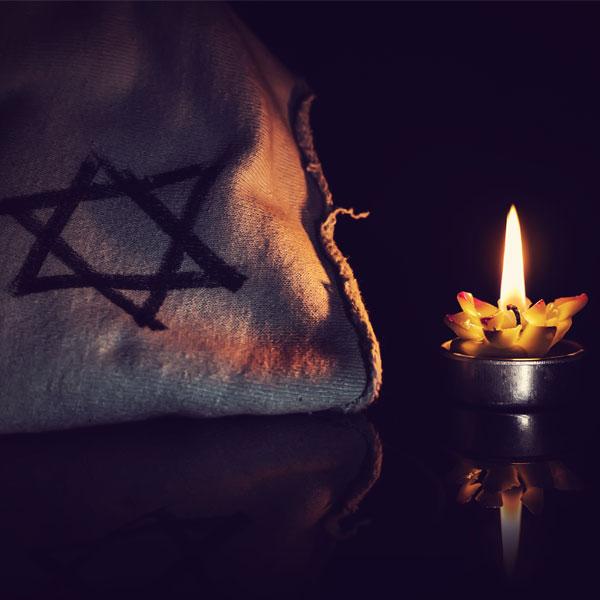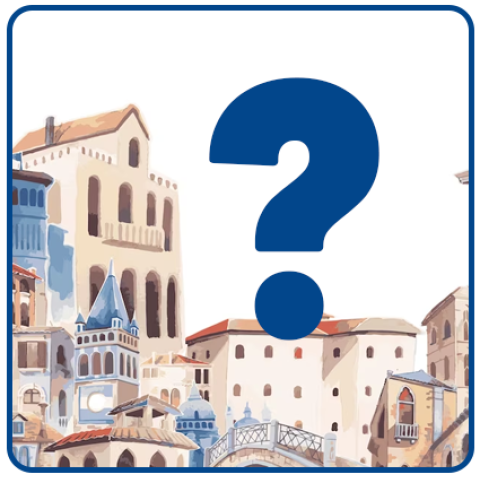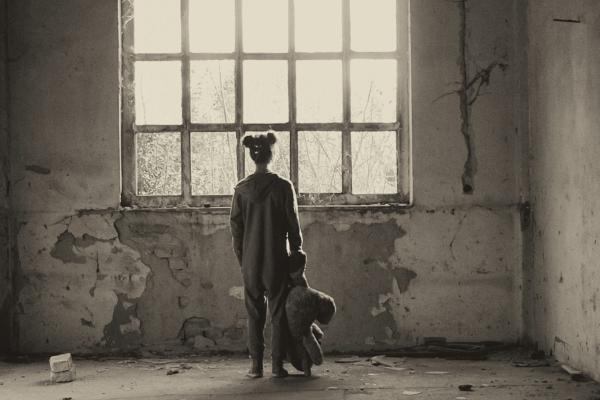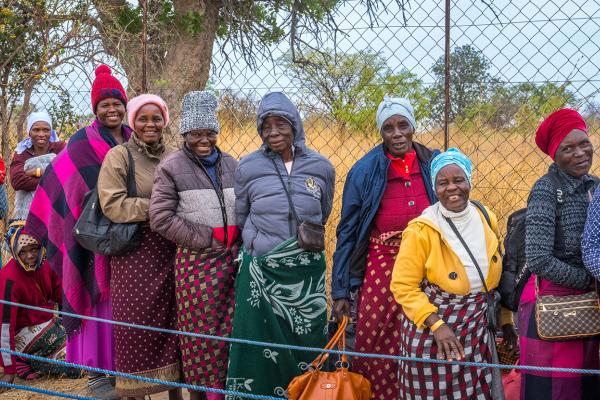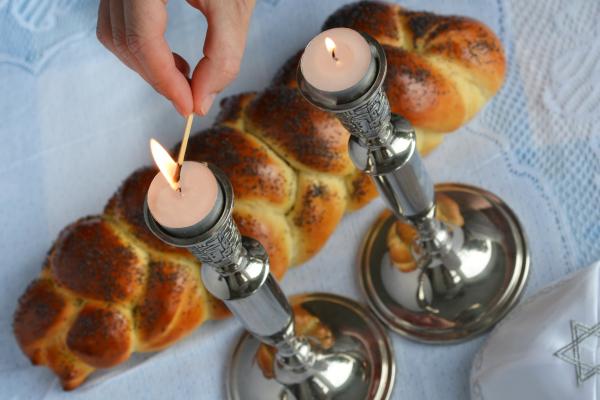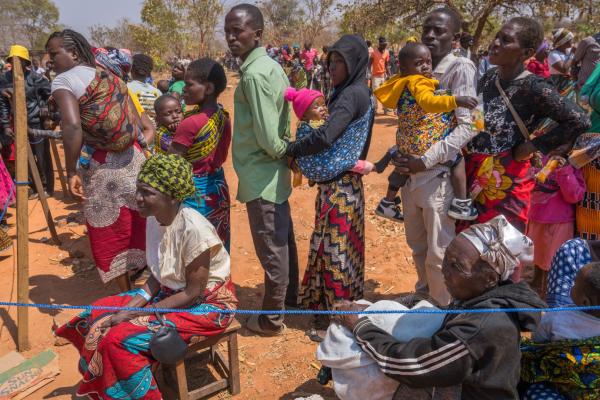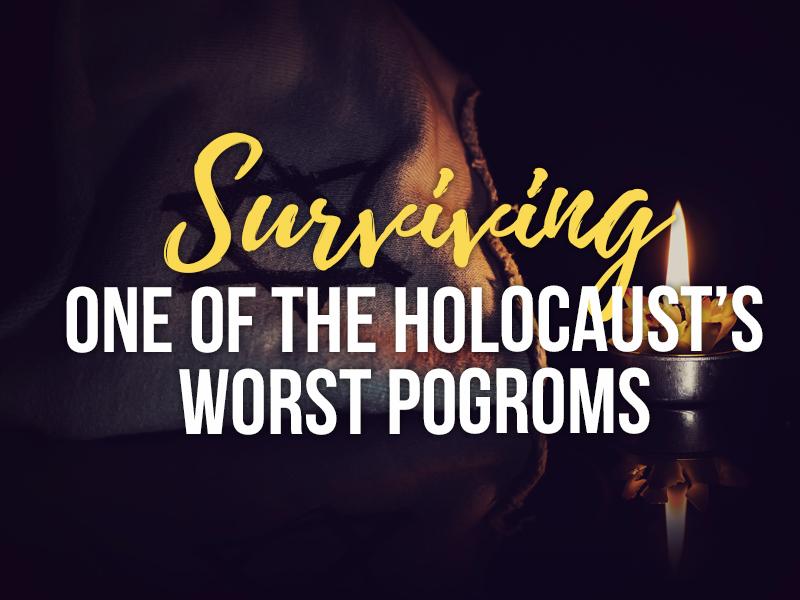
Night was setting in. Henry Solomon was surrounded by dead and dying Jewish people as he huddled against the back wall of the police station courtyard in Iasi (pronounced Yash), Romania. He – and those around him – had been told to report in to exchange their identification cards for new ones. But when they arrived, they encountered a very different scenario. What Henry found instead when he entered that courtyard was one of the most gruesome pogroms of the Holocaust.
It had been planned for days. Germany had invaded Russia, and German tanks and soldiers now swarmed through the city of Iasi. Germany insisted the Jews had provided the necessary information that had allowed Russia to bomb the train station.
Tensions in town grew quickly. Frightened non-Jewish families painted crosses on their houses or windows in hopes of being left alone. They knew what was coming.
When an airplane overhead released a signal flare the night of June 28, 1941, shots rang out simultaneously all over town. German soldiers began rampaging through the city, pounding on doors, arresting Jewish men and killing many indiscriminately.
Once-friendly neighbors turned on the Jewish people, joining in the wave of vicious aggression. “Our Christian neighbors, whom I considered my friends, came out of their homes with iron bars, hoes, spades and guns” and began to attack, report Lazar Leibovici (Times of Israel).
The streets were littered with the bodies of Jewish people who had been shot: men, women and children. Those still alive were rounded up by German soldiers and Romanian police, to be detained at police headquarters.
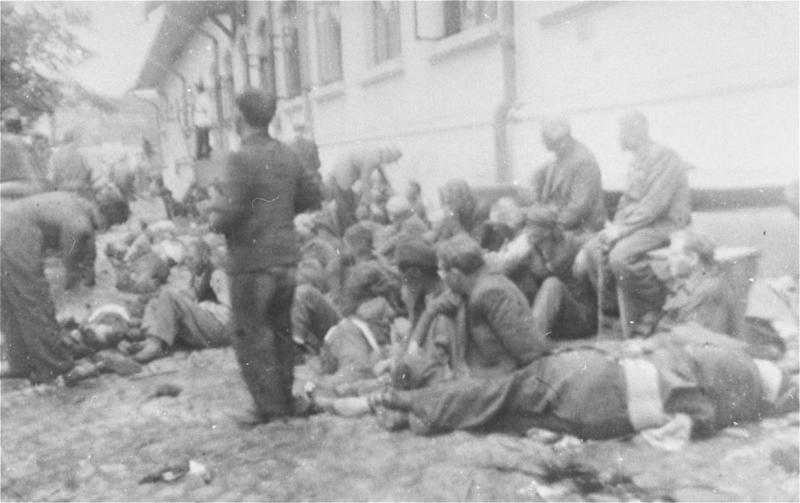
Henry’s family lived at the intersection of three streets. His father refused to let anyone go outside. Instead, they hid and kept watch at the windows. When soldiers came to one side of the house, the men slipped out another. But Henry had slept at the family’s shop the night before and, unaware of the danger, he went on to the police station as instructed.
Haim Solomon told the story of what his brother saw when he arrived. Aligned on either side of the entrance were Germans and Romanians who savagely assaulted the Jews as they passed, hitting each over the head with brutal force or shooting them in the temple (U.S. Holocaust Memorial Museum, USHMM).
Henry was among those few who cleared the gauntlet alive and unwounded. As twilight fell and he found himself near the back wall of the complex, he knew he had to do something. Without being seen, he and another detainee scaled the wall and fled.
They found a woodshed by a house with a cross painted on the front. Inside, stacks of firewood reached to the ceiling. They moved aside enough logs to create a place to lie down and hide … then covered themselves with the wood and waited quietly.
Throughout the night and the next day, the shootings and arrests continued. By mid-day on June 29, 5,000 to 6,000 Jewish people were assembled at the police station. Around 2:30 p.m., a false air raid siren blared, and soldiers opened fire on the corralled Jewish people.
“The massacre continued for several hours,” notes the USHMM, “until the executioners were exhausted, and less than half of the Jewish prisoners remained alive.”
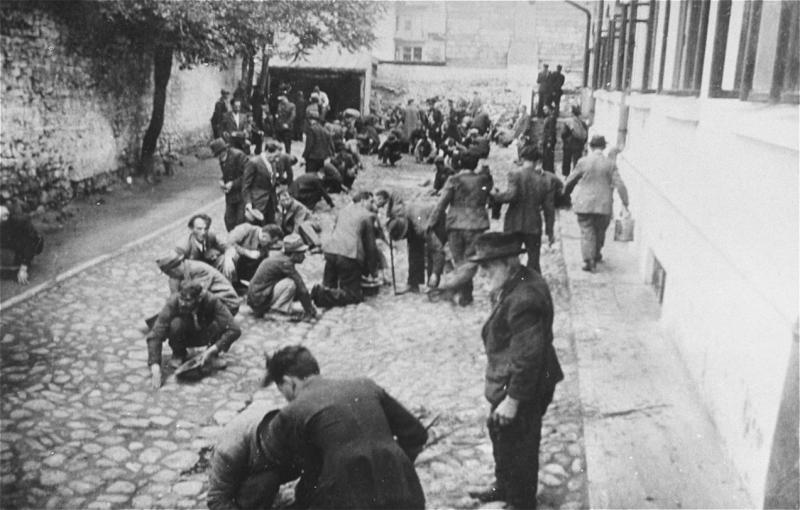
Meanwhile, as Henry remained hidden under firewood, his brother Haim continued to hide in the family‘s home, peering through ground-level basement windows and watching as Jewish people were marched down the streets and kicked or shot if they didn’t go fast enough – including their local rabbi. . His body lay in the street for days before neighbors felt safe enough to retrieve it. At that time, nearly a week later, the Solomons began to go outside again.
But the Iasi Pogrom wasn’t over. The Jewish people who had survived the massacre at the police station had been herded to the depot and packed tightly into the cars of two trains. Hundreds “succumbed to heat exhaustion, suffocation, dehydration and suicide during the journey aboard crowded, unventilated freight cars in the heat of summer” (USHMM).
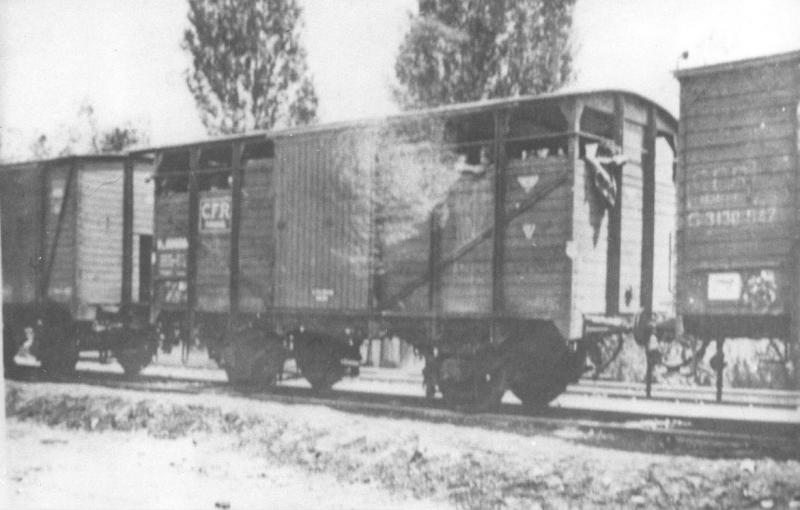
The first train carried roughly 2,500 people and traveled in a circle for 17 hours before it stopped. More than 650 dead were removed to a mass grave. Soldiers denied water to survivors, and the journey continued. At each of several stops, hundreds more Jewish people were discovered dead. Local troops hired Gypsies to remove the bodies; their payment was anything of value they could plunder from the dead.
Fewer than 1,100 survived the Iasi death train that arrived in Calarasi on July 6. The second train carried 1,902 Jewish people compressed into 18 cars, and only 708 arrived alive.
At the destinations of both trains, survivors were detained for one to three months. They were then allowed to return to Iasi and any other surviving family members.
Up to 13,000 Jewish people died during the Isai Pogrom and the death trains that followed. In total, 6 million Jewish people died in the Holocaust. They were beaten, tortured, starved and executed. They endured cruel medical experiments, rape, and all manner of inhumane treatment.
The Iasi Pogrom is yet another reason we must never forget the Holocaust.
The 2018 commemoration of Yom HaShoah (Yom Hah-SHO-ah) – Israel’s Holocaust Remembrance Day – begins at sunset on Wednesday, April 11.
At 11 a.m. on Thursday, April 12, a siren will blare throughout Israel, and the nation’s activities will come to a halt. Cars will stop on the streets; shoppers will cease browsing; teachers will interrupt their lessons; employees will set aside their work. And they will stand – some stop their cars and stand beside them – for two minutes, to show their respect for those who suffered and died during the Holocaust.
We invite you to remember as well. If you’d like to participate in two minutes of stillness to commemorate the great “Catastrophe” (the meaning of the Hebrew word Shoah), you can do so at 11 a.m. in your local time zone, or choose to be still at the same time that Israel does. When it is 11 a.m. in Israel on April 12, it will be 4 a.m. on the East Coast (EDT) or 1 a.m. in the West (PDT and Arizona).



